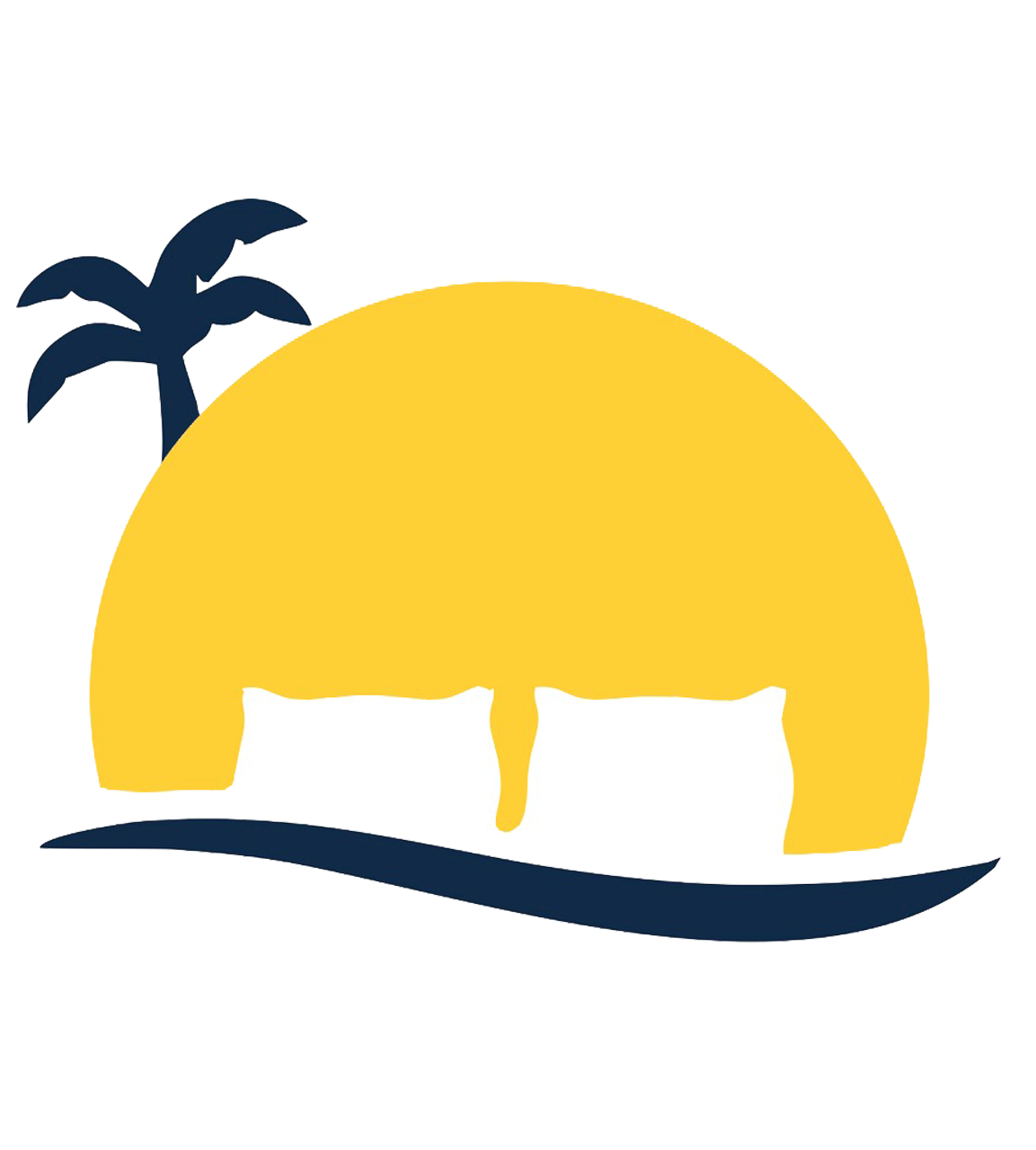History Casa de Campo
The name is Spanish for “Ranch style home,” and it was initially a retreat for Charles Bluhdorn, who assembled his bequest in 1975 on Gulf+Western’s sugar plant property, Central Romana. At the point when he kicked the bucket in 1983, it turned into the main retreat in the country.
One of Bluhdorn’s companions, the popular Dominican planner Oscar de la Renta, was employed to do the inside plan for Casa De Campo. After Bluhdorn’s passing, the Cuban-American Fanjul family (the world’s top sugar nobles), purchased Casa and opened it to paying guests.
Manors and marina of Casa de Campo
There are two kinds of manors that can be claimed: “punto de estates” own main the land, with parking garages and arranged spaces as normal regions. “Manors con sun oriented Proprio” have responsibility for the whole region, which incorporates parking garages and the scene. Around 10% of the homes at the retreat are low-ascent townhouses in structures no higher than four levels. Around 70% of the properties are enormous estates.
Casa de Campo has more than 1,700 private manors, which range in cost from US$500,000 to US$24,000,000, making it likewise one of the nations’ most well-off networks, practically identical to the Hamptons.
Finished in 2000, Casa de Campo has an advanced, 400-compartment marina, complete with a shipyard with a 120-ton TraveLift planned by Italian designer, Gian Franco Fini to look like Portofino. Encompassing this harbor are more than 70 eateries, shops, bars, and homes. In 2010, the Casa de Campo Marina played host to the Rolex Farr 40 cruising cup.
Golf engineers Pete and Alice Dye have had a home at Casa de Campo since the mid-1970s, when they directed 300 neighborhood workers with blades to burst the Diente de Perro, (Teeth of the Dog, opened in 1971) through the wilderness and along a rough coast. The course filled in as a background for the 1971 Sports Illustrated Swimsuit Issue.
It stays the main Caribbean course reliably positioned on the planet’s best 100 courses (normally in the best 50). The Links Course (opened in 1974) and the individuals just La Romana Country Club (opened in 1990) are inland designs flavored with lakes. Color’s most up-to-date course, the much-acclaimed Dye Fore (opened in 2000), skirts bluff 300 feet (91 m) over the Chavón River, with perspectives on the town of Altos de Chavón, far off mountains, and the new marina. Color as of late gotten done with one more task on the level close to Dye Fore called the Dye Fore Lakes.



Comment (1)